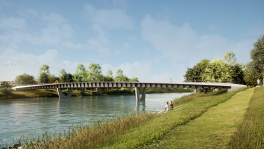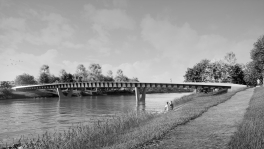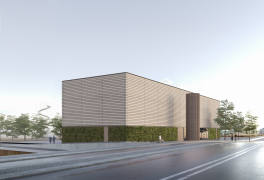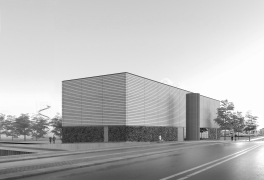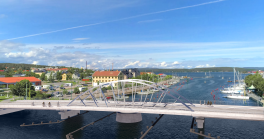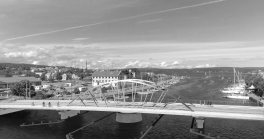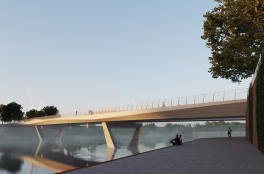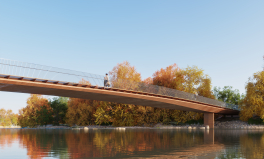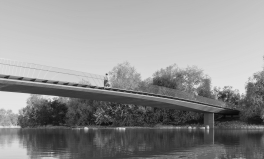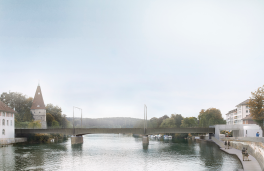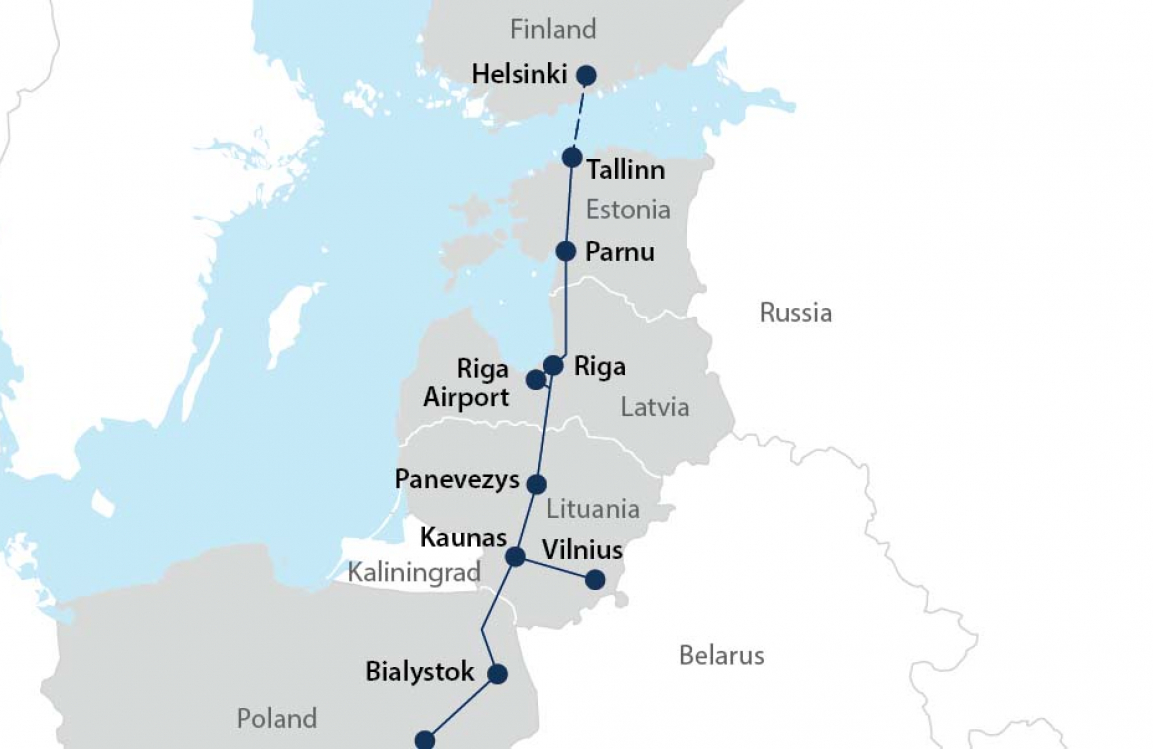
Rail Baltica
Gottlieb Paludan Architects, Ramboll, Realidea, Architects Soini & Horto, and Ardenis are working together to identify how to maximise local value creation from the seven international passenger stations along the Rail Baltica.
The project includes commercial and urban development of the stations and their surroundings, as well as mobility aspects, and focuses on how to maximise local value creation at the stations. Rail Baltica is jointly owned by the three Baltic countries Estonia, Latvia and Lithuania. The stations covered by the project are Tallinn Ülemiste, Pärnu, Riga Central Station and Riga Airport, Panevėžys, Kaunas and Vilnius.
Rail Baltica is a green rail transport infrastructure project with the aim of integrating the Baltic countries into the European rail network, providing passenger and freight services between the countries and improving rail links between Central and Northern Europe. It will be established as a new, publicly owned railway line with a maximum speed of 249 km/h for passenger trains.
The stations will be an integral part of their neighborhoods, adding value not only as transport hubs but also as a vital core of the surrounding community with a broad service structure. Therefore, the project includes commercial and urban development of the stations and their immediate neighbourhoods, as well as mobility aspects such as easy access and connection to other transport modes, including public transport, cycling, e-mobility and pedestrian traffic. The project also looks at the efficient use of the internal and external layout of railway stations in terms of commercial and daily operational structures as well as commercial opportunities and social activities.
Inge Fredslund, Head of Metro & Railway at Gottlieb Paludan Architects said: "To achieve their full potential, railway stations must be integrated into the city's mobility system. It is crucial that we do this from a sustainable perspective in terms of transit-oriented development, where stations act as multimodal hubs. We will also analyse potential synergies with transit-oriented facilities located at a functional distance from the stations."
Gottlieb Paludan Architects draws on many years of experience in similar mobility projects - including the Borgarlínan project in Reykjavik, where the focus also is on creating a distinct local identity at the stations, creating good opportunities for urban integration.

